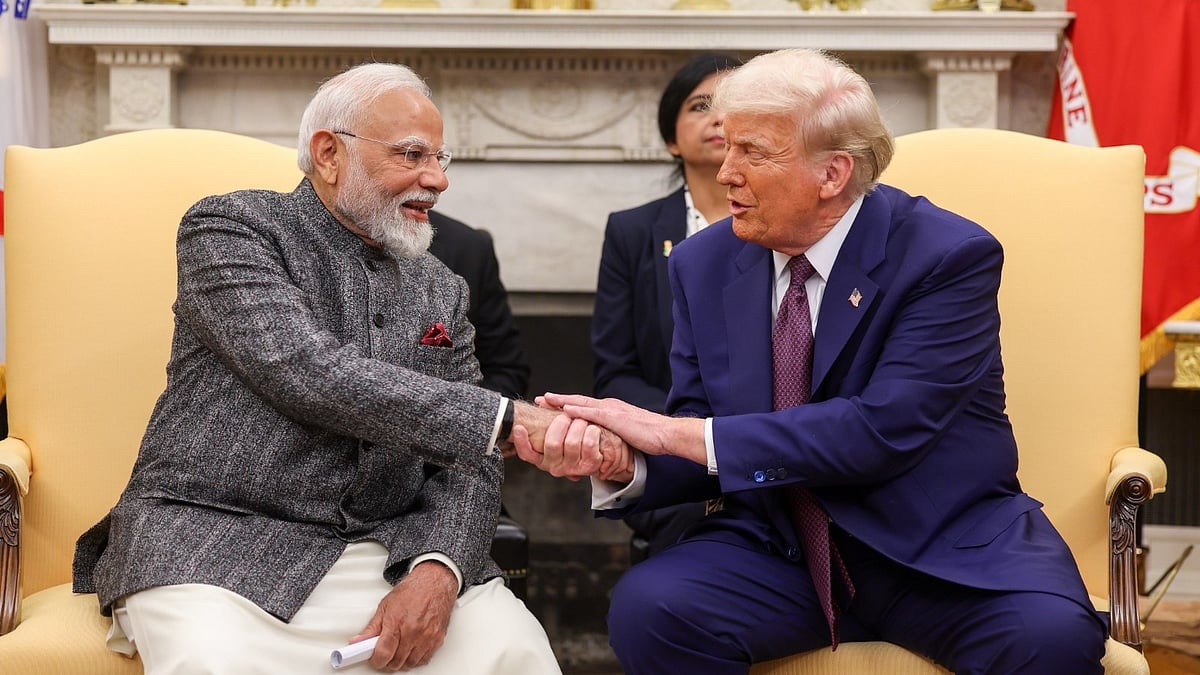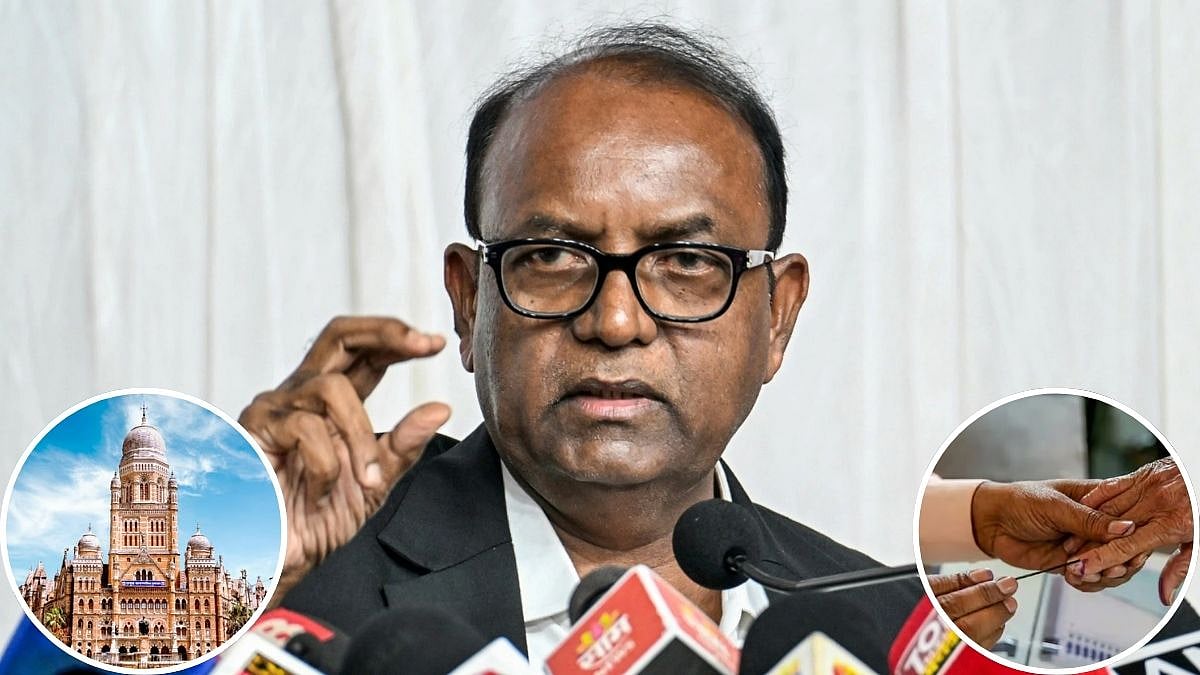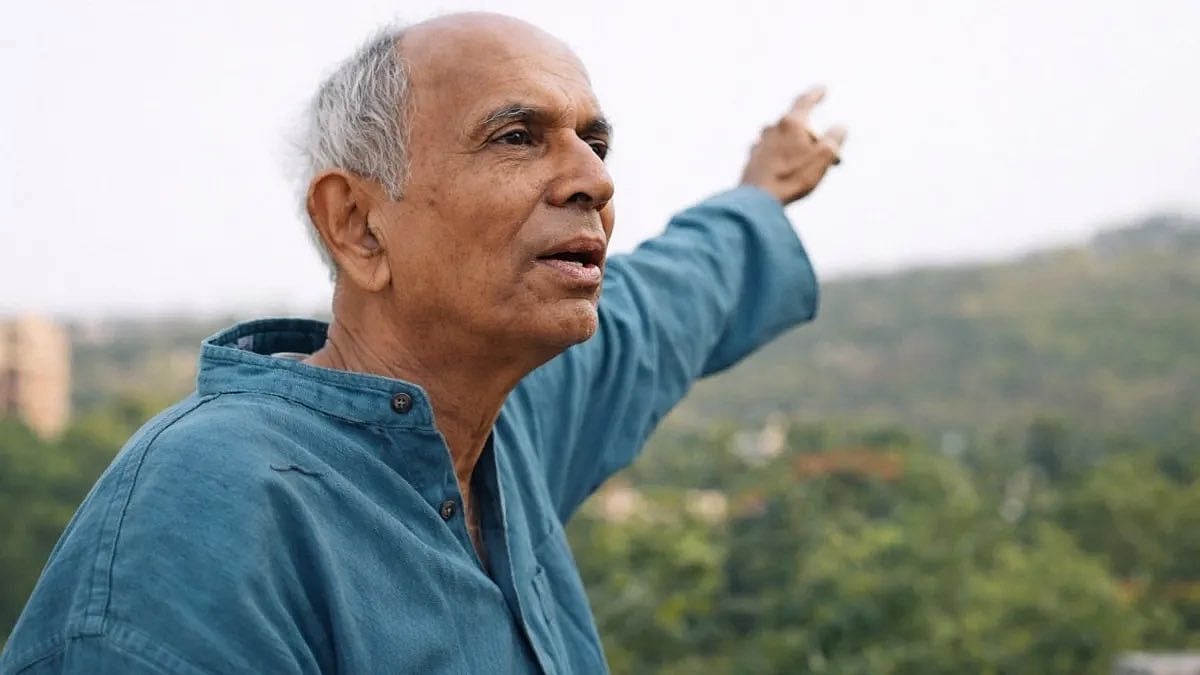So near, yet so far. That was the climax, like the plot of a daily soap, of the over two-year-long Zee-Sony merger saga. What was ideally a win-win deal for both collapsed two weeks ago because both parties failed to address a few pending issues. The termination of the deal initiated by Sony pictures, now known as Culver Max Entertainment, on January 22 claiming that Zee Entertainment Enterprises Ltd breached the Master Cooperation Agreement terms has demanded a termination fee of $90 million.
On the other hand, Zee has taken legal action on two fronts: it approached the National Company Law Tribunal for directives to proceed with the merger and simultaneously, it has initiated arbitration action against Sony Group at the Singapore International Arbitration Centre for terminating the agreement and their claim for a termination fee of $90 million. The broken merger plan has been intriguing in many ways and the developments on the legal front now are promising to be equally fascinating.
The merger, the biggest in India’s media and entertainment space, which was announced on December 22, 2021 was to be concluded within 24 months and had a provision for extension through mutual agreement. It was extended by a month, only to be called off by Sony exactly a month later. While the deal between the two television and digital entertainment biggies to create an over 80,000 crore media and entertainment giant with more than 70 entertainment channels, two streaming platforms and two production studios, went through many torturous ups and downs, in the last six months, there were many if and buts about the merger going through.
Zee wanted Sony to agree to one of the agreement’s conditions for its CEO Punit Goenka to continue helming the merged entity, but Sony was wary of Goenka, since he was accused of financial impropriety by market regulator SEBI months earlier. Apparently, according to media reports, Goenka refused to relinquish the CEO position of the merged entity, while Sony was no longer willing to move forward with him at the helm. The tiff started soon after SEBI said in June that Goenka and his father, Subhash Chandra, Zee’s founder, “had abused their position” and siphoned off funds “for their own benefit”.
SEBI had also barred them from holding any executive or director positions in listed firms while its investigation was on. However, in October an appellate authority gave partial relief to Goenka from SEBI’s ban, allowing him to hold these positions during the probe. Zee saw this appellate win as a green-light for Goenka to be CEO of the merged entity, but Sony disagreed. Next, according to media reports, Goenka offered to be the interim CEO of the merged entity while the search was on for another candidate, but Sony now wanted to appoint N P Singh, its head of India operations, as CEO.
Apparently, Zee expected Sony to relent since Zee, with 17% share in the television market, was a sizeable media asset Sony could leverage to boost its less than 10% market share. On the other hand, Sony expected Zee to yield, given its deteriorating financials and the debt Goenka and Chandra needed to pay off. Sony also expected Zee’s larger shareholders to prevail upon Goenka to step aside, given that the promoter-founder family holds only 4% stake in Zee. After the merger was called off, several brokerages downgraded Zee’s stock.
For any significant rerating in Zee’s stock, it needs a catalyst which could be in the form of the media company’s 96% non-promoter shareholders swinging into action, like it happened earlier in September 2021 when Zee promoters were under attack by Invesco, a major shareholder then, which at that time was pushing for an EGM to oust Zee MD and CEO and restructure the board. Subsequently, the Zee-Sony merger announcement saved the day for Zee and calm down Invesco, which has since pared most of its stake in the media company. It needs to be seen what the shareholders do now.
The merger would have addressed Zee’s low promoter ownership challenge as post-merger Sony would have owned 51%. Now the failed merger poses a significant threat to the Punit Goenka-led entity, as its precariously low promoter holding exposes it to a potential takeover bid and a leadership revamp. According to rules, any person with or without holding any shares in a listed target company, can make an offer to acquire shares of the entity subject to a minimum offer size of 26%. Also, any shareholder or a group of shareholders holding at least 10% in a listed company can move a resolution to change its directors. Thus, not just pacifying investors, Zee will have to guard itself against any hostile takeover risk.
If the merger had taken place, the value of Zee and Sony would have been Rs 14,771 crore, with a market share of 26%. As a result, the entertainment space would have seen two big players — the other being Disney Star. Currently, Disney Star owns over 70 channels in eight languages, a streaming platform, and a film studio. Though the Zee-Sony merger has not seen the light of the day, another big merger is in the pipeline: Disney Star’s acquisition by Reliance India, which owns Viacom 18 comprising 38 channels, a digital streaming platform and a film studio. The value of the combined Disney Star-Viacom 18 entity will be Rs 24,411 crore. According to industry experts, the merged entity will have 43% advertising market share.
Speculation in the industry is that the termination of Zee-Sony merger is likely to give Disney Star-Reliance merged entity monopoly with no big player in sight to compete with it. Also, there is no player in the industry now for coming together with Zee. This will give Reliance a clear way to dominate India’s entertainment industry. Reliance’s hope is that its financial heft will enable it to buy out rivals, which will give it sufficient market share to dominate negotiations with advertisers and production houses. Currently, the balance is tilted in favour of advertisers and content creators. While Sony is unlikely to match Reliance’s spending, it will be looking to deploy $1.5 billion that it had committed to invest if the merger of its India unit with Zee had gone through.
Zee is credited with many firsts, including pioneering satellite television in India in 1992. Since then, it has come a long way but the ride has not been easy for the homegrown company in the face of competition with global players like Star and Sony and maintaining a place of its own. Now Zee’s journey ahead seems to be once again filled with challenges, since its options seem to be limited.
The writer is a senior independent Mumbai-based journalist. He tweets at @ali_chougule









